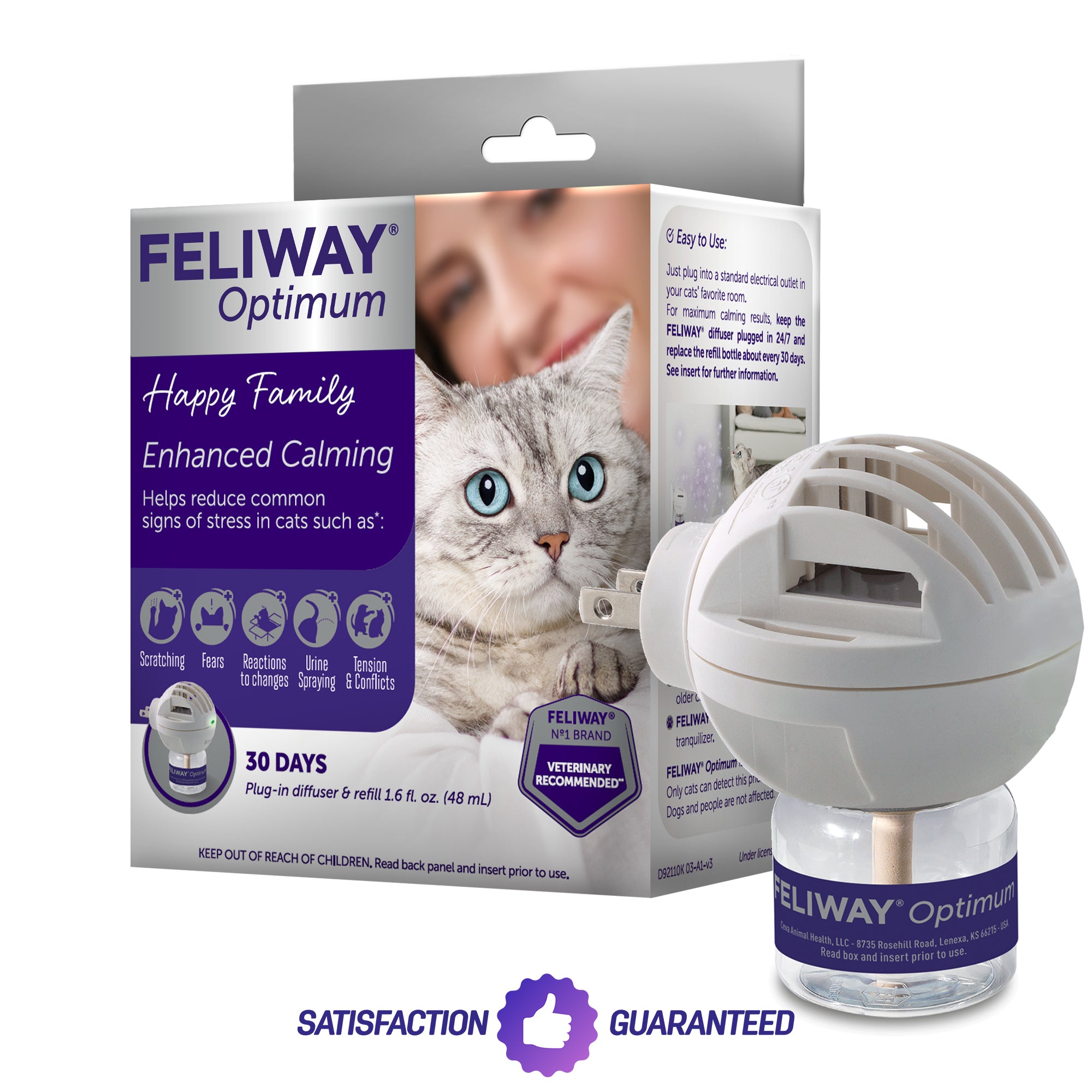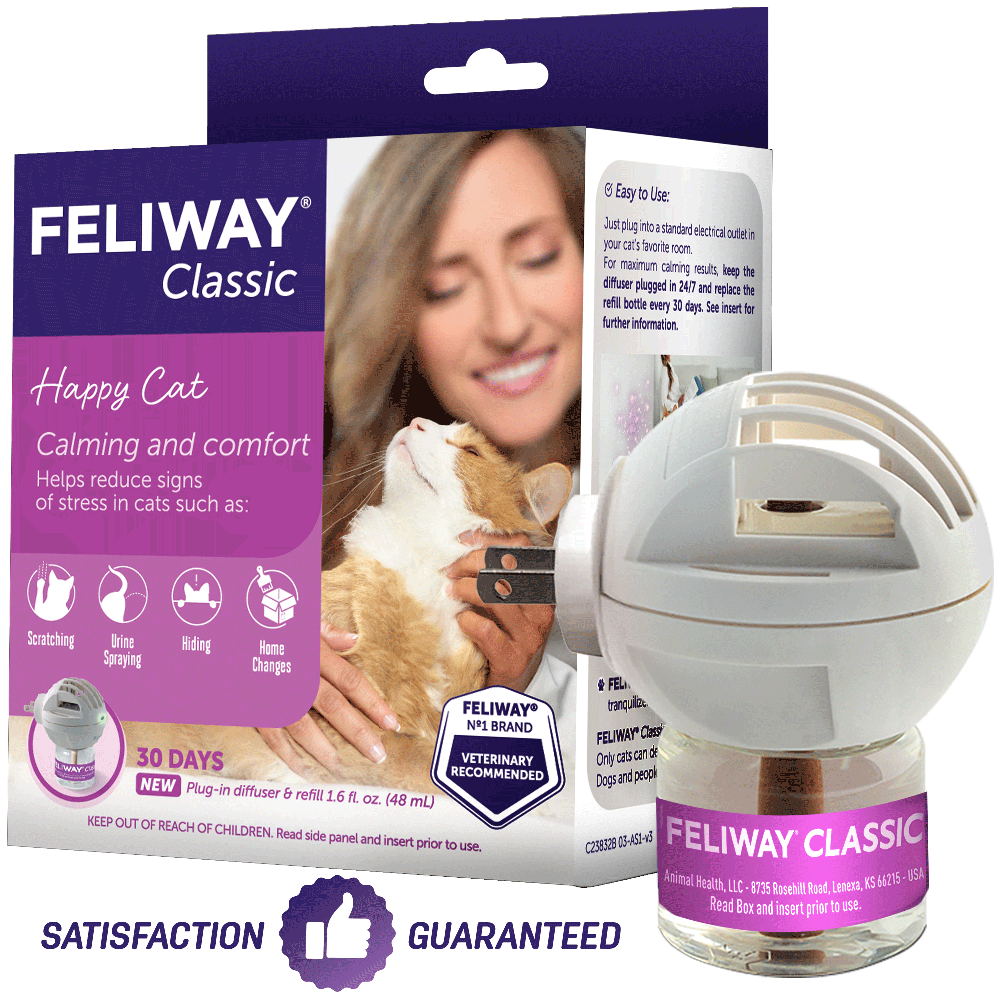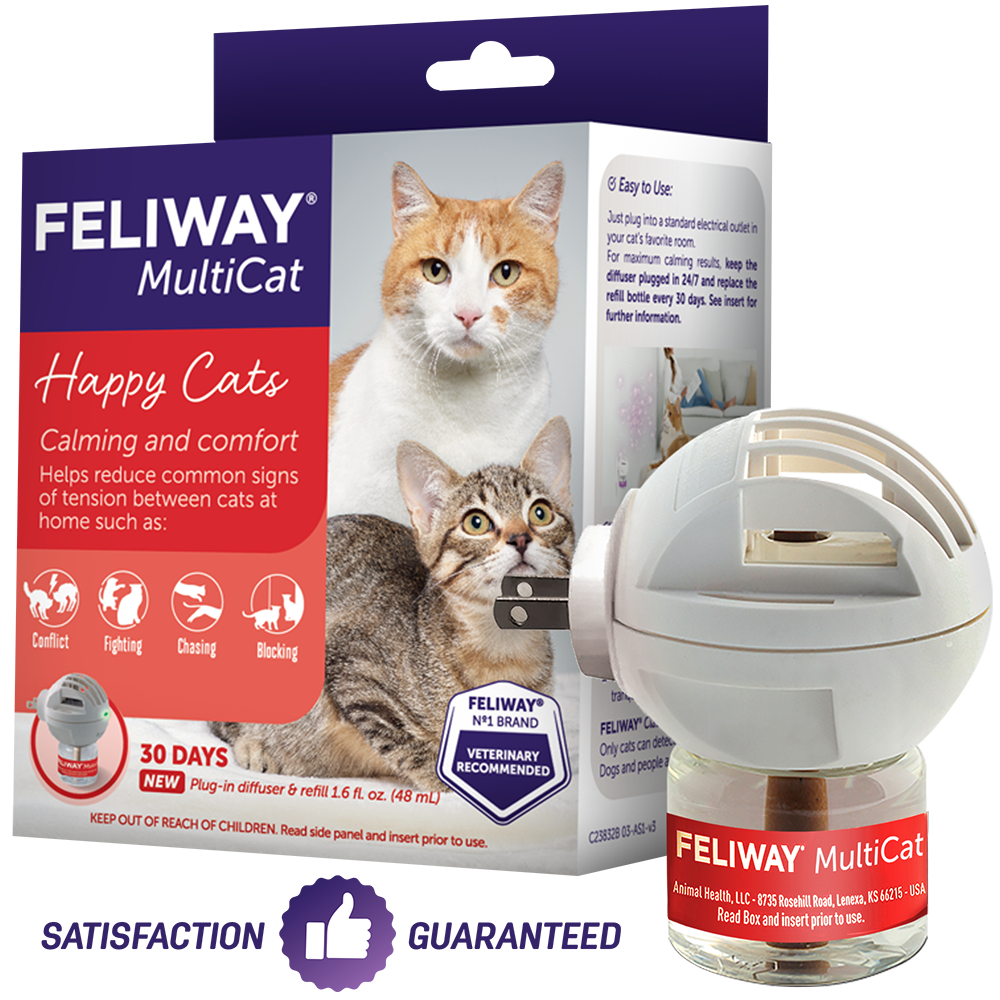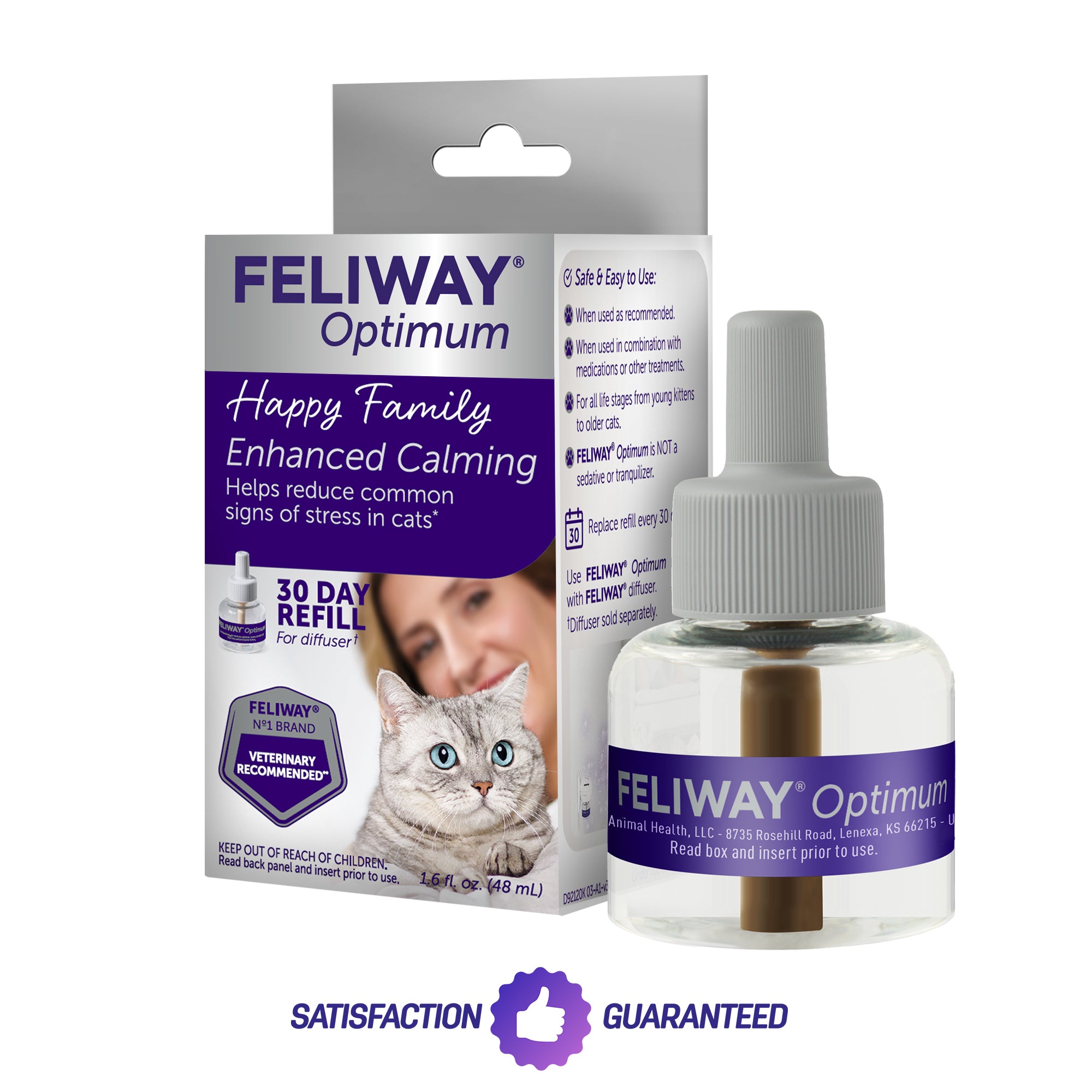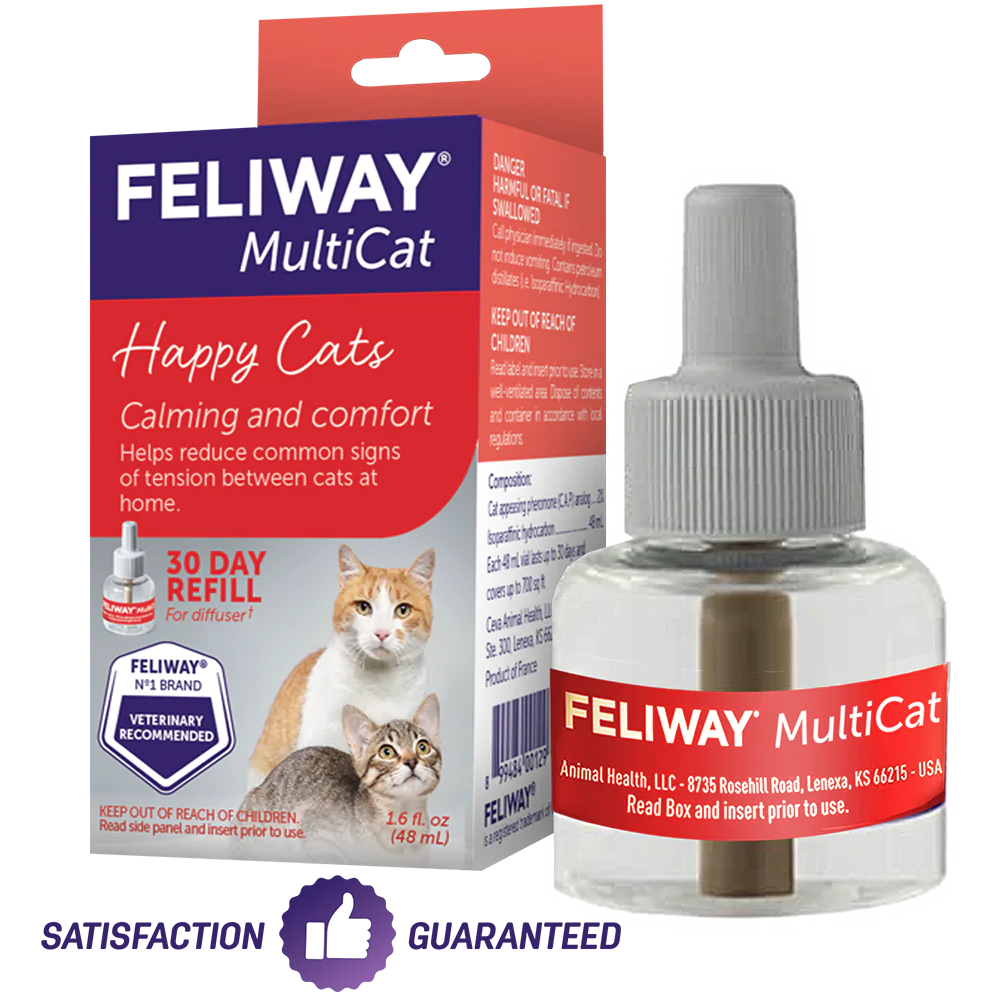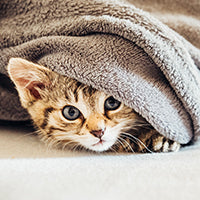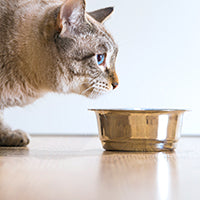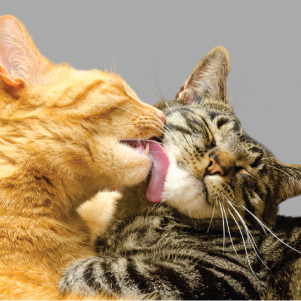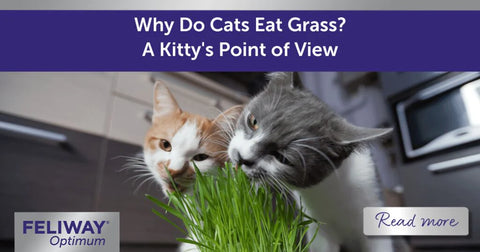
Senses of our Cats: Part 2 – Olfaction (sense of smell)
Have you ever wondered how your pet experiences the world around them? In today’s society, our pets are family members; we care for them immensely. To understand their needs, it helps to explore how they communicate with us and how they perceive the world around them. This blog is the second of a five-part series delving into how cats use each of their five senses.
The nose knows
It is commonly thought that animals have a great sense of smell and are more highly attuned to scents than humans – but just how great is it? Read on to find out how powerful our cat’s sense of smell truly is.

Cat olfactory experience
In the last article, we discussed how important vision is to cats when compared to their other senses. In general, cats rely much more on their sense of vision than their sense of smell.
While a cat’s ability to smell is much better than a human’s, it’s not as refined as it is in dogs.
This fact is related to the number of scent receptors that are present along their olfactory epithelium. Humans have 6 million of these receptors, while cats have 80 million and dogs have about 300 million. The greater number of these receptors imparts a better ability to discern and interpret different scents.
Scents (or odorants) are typically lipid-soluble organic compounds. The nasal cavity is lined with tissue called the olfactory epithelium. This tissue uses a layer of mucous to catch the odorants, where they come into contact with special receptor cells that transmit the information to the brain.
The olfactory centers of the brain also relay information to the amygdala – the emotional center. This sharing of information causes the smell to modify emotion and memory.
Have you ever smelled fresh baked cookies and thought of your grandmother? Or smelled perfume in the air and remembered an adolescent crush? Scents also affect animal emotions including fear and friendliness.

The most common use of olfaction in cats is detecting scent marks. This is especially important because cats are territorial and may choose to avoid other individuals, so they use scent marking to convey information. One of the most well-known ways in which they distribute scent is when they spray urine.
For that reason, it is one of the most common behavioral complaints for presentation to a veterinarian or veterinary behaviorist. In nature, cat urine marks items along the most frequently travelled path to delineate territory. Male cats are able to spray up to 12 times an hour, while females typically only mark once an hour.
Because the information in these signals deteriorates after 24 hours, they need to be refreshed regularly. You can tell when a cat is spraying urine when they back up to a surface and twitch the tip of their tail – sometimes they will even tread their paws on the ground at the same time.
Anxiety is another cause of urine spraying behavior. Cats that share space within a home may not have elected to be roommates and the space may not provide enough distance for their liking. Tension builds and sometimes interactions become antagonistic. The result is anxiety and may manifest as urine spraying.
Other ways that cats scent mark is by using their interdigital glands (scratching), rubbing their face (bunting), or using anal secretions.

Scratching
Scratching plays several roles in cat welfare and communication. It is normal behavior, the purpose of which is to condition the claws and allow stretching of the forelimbs and spine – but what is being communicated by this action?
When cats scratch a surface they leave claw marks for visual communication but they also leave deposits from their interdigital scent glands as olfactory messages. While this is a normal behavior in nature, up to 50% of cats exhibit unwanted scratching behavior at home and it is a commonly reported factor in relinquishment.
Pheromones
Pheromones are chemical substances that are released as part of various secretions to send a chemical message to another individual of the same species. These chemical messages are detected by a very special set of cells within the vomeronasal organ (a structure not present in humans).
These messages do not follow the same pathway that odors do. Instead, they communicate more directly with the emotional center of the brain because the signals are most often conveying information, alerting to danger, or identifying reproductive availability. The result is the preparation of a physiological and/or behavioral response.
Part of the response is holding the mouth slightly agape, during which the flicking tongue draws salient molecules into the incisive duct, and then up to the vomeronasal organ. The flehmen or “gaping” behavior is most commonly seen when a cat smells a strange cat’s urine.

Pheromone products (such as FELIWAY Optimum) can also be therapeutic for some problem behaviors. There has been evidence to support pheromone use in cats to help decrease anxiety and urine spraying in single and multi-cat households.
Catnip
Some plants can elicit certain behaviors from our pets as well. The most famous of these is catnip, a member of the mint family – but what is it about catnip that is so intoxicating?
The active chemical nepetalactone targets receptors that are similar to the receptors for an opioid-like drug and may make cats feel euphoric. That could explain why cats sniff, roll, drool, and rub their faces in the catnip. It is important to point out that catnip is not an addictive substance.
Interestingly only about 66% of domestic cats respond to catnip. Other species of feline such as lions, jaguars, leopards, and bobcats can also react to it. The presumed purpose of the chemical or allomone in nature is to deter insects that might ingest the plant. Coincidentally, cats that have been rubbed with the oils from the catnip plant are less likely to attract mosquitoes than untreated cats. They surely find this helpful when stalking prey!
Conclusion
The world of olfaction is fascinating and helps our cats interact with the world around them, find food, exchange information, and enjoy life. While the sense of smell might not be as important to cats as their sense of vision, they learn and communicate an immense amount of information through their nose. Join me next time when we explore yet another of the five senses that help cats perceive the world around them.

Additional Resources:
Bol, S., Caspers, J., Buckingham, L., Anderson-Shelton, G. D., Ridgway, C., Buffington, C. T., ... & Bunnik, E. M. (2017). Responsiveness of cats (Felidae) to silver vine (Actinidia polygama), Tatarian honeysuckle (Lonicera tatarica), valerian (Valeriana officinalis) and catnip (Nepeta cataria). BMC veterinary research, 13(1), 1-16.
Bradshaw, J. W. (2012). The behaviour of the domestic cat. Cabi.
Carlson, N. R. (2012). Physiology of behavior. Pearson Higher Ed.
De Jaeger, X., Meppiel, L., Endersby, S. & Sparkes, A. H. (2021). An Initial Open-Label Study of a Novel Pheromone Complex for Use in Cats. Open Journal of Veterinary Medicine, 11(3), 105-116.
Houpt, K. A. (2018). Domestic animal behavior for veterinarians and animal scientists. John Wiley & Sons.
Kandel, E. R., Schwartz, J. H., Jessell, T. M., Siegelbaum, S., Hudspeth, A. J., & Mack, S. (Eds.). (2000). Principles of neural science (Vol. 4, pp. 1227-1246). New York: McGraw-hill.
Lichman, B. R., Godden, G. T., Hamilton, J. P., Palmer, L., Kamileen, M. O., Zhao, D., ... & O’Connor, S. E. (2020). The evolutionary origins of the cat attractant nepetalactone in catnip. Science Advances, 6(20), eaba0721.
Uenoyama, R., Miyazaki, T., Hurst, J. L., Beynon, R. J., Adachi, M., Murooka, T., ... & Miyazaki, M. (2021). The characteristic response of domestic cats to plant iridoids allows them to gain chemical defense against mosquitoes. Science advances, 7(4), eabd9135.
